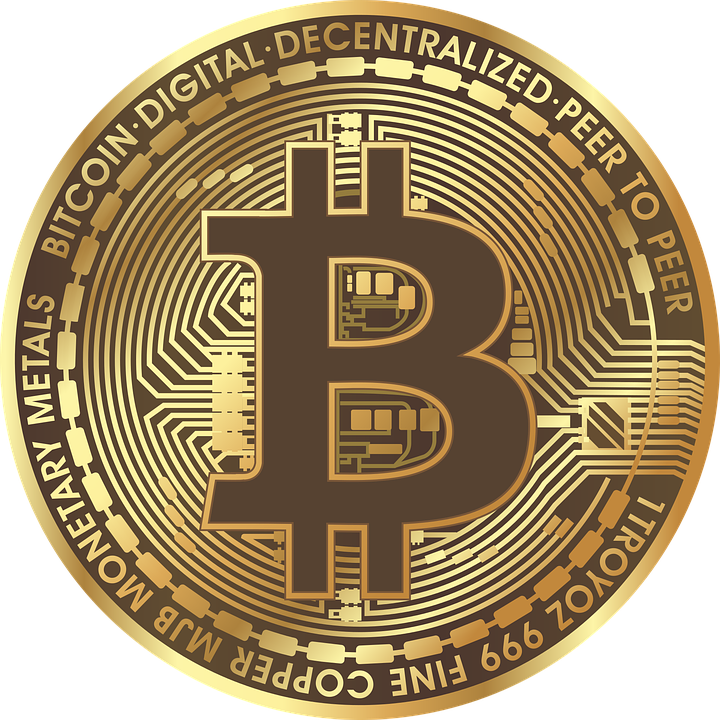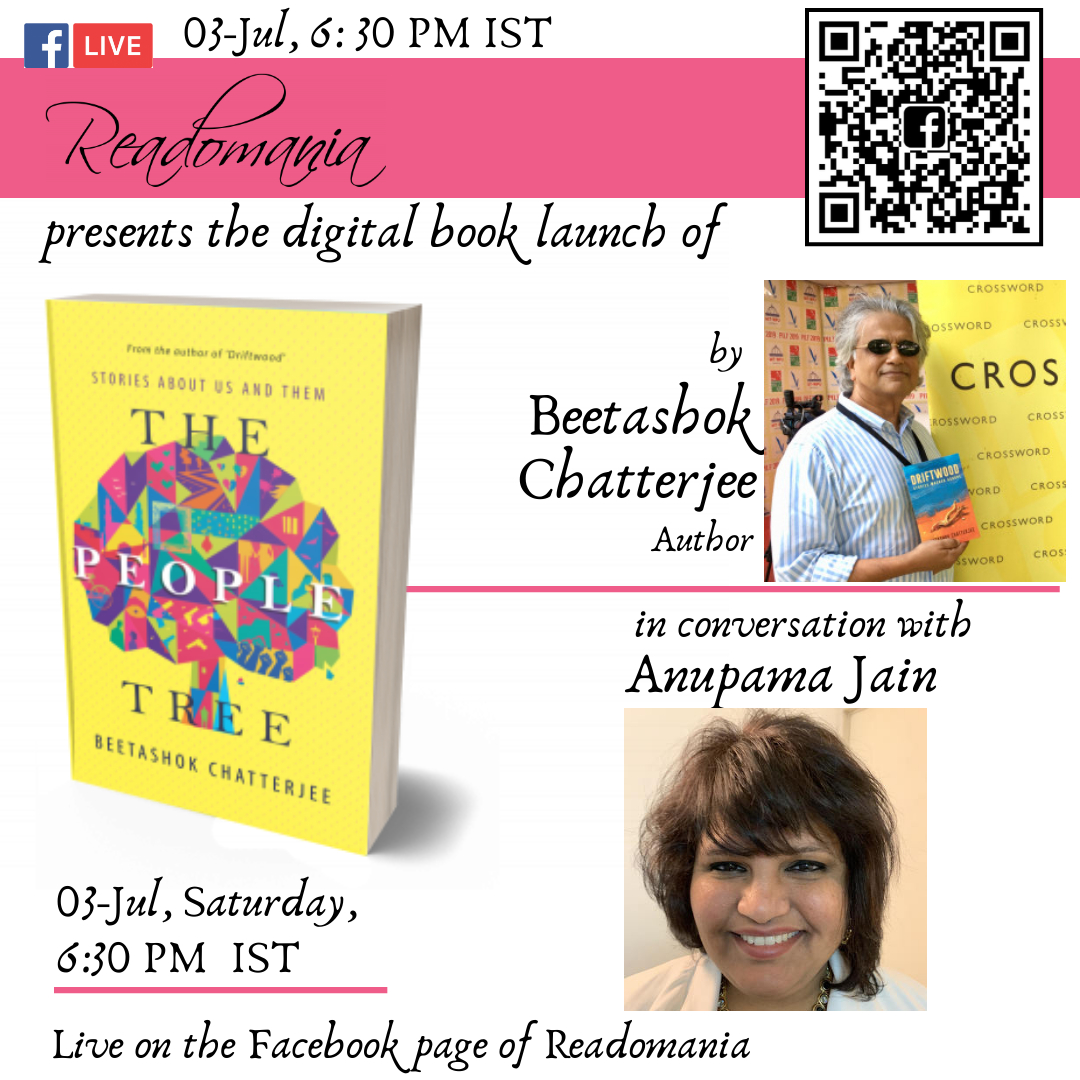HODL !!1
When Lambo?2
‘Buy the dip’!3
Auctioned as NFTs…4
What on earth is this jargon? Hehehe…. welcome to the language of Cryptocurrency, possibly the currency of the future. Because the future is here and it’s a whole new world.
Ever since a friend called to enquire if I was interested in investing in cryptos, as it is known for short, my curiosity was aroused. I’d vaguely heard of Cryptocurrency. It was then that I began to read about it. Let me share what little I have learned. Some of you probably know more about this than I do.
During the global financial crisis of 2008, which led to a world recession, many banks failed due to bad loans, remember? We the people, coming to realize how vulnerable and unreliable an ill-managed bank could be, began to raise questions. What if we put our hard-earned savings in a bank, and the bank shuts down? Why should a bank know how much money we have? Why should the Central Bank of a country be allowed to print fiat currency (paper money) as much as they like and create inflation or deflation? Why can’t we directly transact value over the internet with someone without a centralized party watching over us?
That’s when someone with the pseudonym Satoshi Nakamoto (nobody knows who he/she/they are!) invented a digital currency—a form of payment online—and Bitcoin was born in 2009. Bitcoin does not exist in physical form like paper money. It is not issued by the Government or the Central Bank of a country. It is totally decentralized with no government control. That is, the system is maintained through distributed consensus, like a thousand or a million computers—servers and clients—all over the world. Nobody knows how many. Imagine office spaces of several floors per building in cities all over the world crammed with banks of computers, all networked, creating and monitoring Bitcoins by some complex calculations called mining—like a mining operation that extracts gold from the ground. That is how the system is designed. There are currently about 18 million Bitcoins in existence. This number changes every 10 minutes or so when a new coin is created on the Bitcoin network. It is expected that the last Bitcoin will be ‘mined’ on May 7th, 2140, when the total reaches 21 million coins. Then no more.

Bitcoin uses the Blockchain technology to keep an overview of the virtual coins in existence and their ownership. What is a Blockchain? It is a chain of blocks in cyberspace that contain data. In other words, it is a database, like a public bank ledger, only digital, strongly coded, and open to everyone. It is a decentralized technology scattered across many, many computers worldwide that record and manage transactions. Every time crypto is traded, a new block is created in the chain with details of the buyer, seller and a hash (unique fingerprint). The previous hash gets saved in the new block. The chain grows with each transaction. Thousands (millions?) of computers maintain this ‘ledger’. They are called Miners. Once some data of a transaction has been recorded in a Blockchain, it is virtually impossible to tamper with, without consensus from the entire network. Therefore the security of this technology is high. No single hacker, or even a group, can alter the ‘ledger’ entries.
In 2010, not long ago, if you had purchased Bitcoin for Rs.100, it would be worth Rs. 15,000,000 today. Let that sink in. This is data from the experts. Why has its value multiplied beyond our wildest estimates? That is because of its perceived limited supply. It has become an asset—like gold or land. You can’t make gold or land out of thin air, right? Similarly, Bitcoin is coded in such a way that no more Bitcoins will be created beyond the limit imposed. So investors, seeing Cryptocurrencies like Bitcoin as the currency of the future, are buying and hoarding Bitcoin as a long-term investment.
Since the Bitcoin, thousands of Cryptocurrencies have come up and are being traded online. Besides Bitcoin, Ethereum, Dogecoin, and Ripple are among the top cryptos. Any crypto that isn’t Bitcoin is called an Altcoin. Several companies have issued their own currencies, usually called tokens, that can be traded generally for services or goods that the company offers. So think of these tokens as casino chips or arcade coupons that you exchange for the goods and services you want. Once a token becomes acceptable outside the company and becomes freely tradable, it becomes a Cryptocurrency.
Every day there is a news item about Cryptocurrency; something or the other. Come September, El Salvador will become the first country to adopt Bitcoin as legal tender. Nigeria has joined China, Brazil, and others in the race to launch its own central bank digital currency (CBDC). Bitcoin is legal in the US, Japan, and the UK. Cryptocurrencies are legal in Australia. Here in India, it is legal to invest in crypto, though it is not yet legal tender.
A number of aid agencies have started accepting donations in Cryptocurrencies, including the American Red Cross, UNICEF, and the UN World Food Program. Our desi rapper Raftaar has become the first Indian artiste to accept Cryptocurrency instead of actual currency as performance fee. NASCAR racing driver Landon Cassill has signed an agreement to accept a complete Cryptocurrency-backed compensation package. Auction house Christie’s of London has started selling art as NFT’s (Non-Fungible Token—explained below).
So it looks like Cryptocurrency is here to stay. After all, the world is going digital. Everything is shifting online. Remember in the mid 1990’s how we felt about the Internet, and actually contemplated whether it would make a difference to our lives? Look at us now.
So should you invest in Cryptocurrency?
My opinion is that if you’re between 18 and 45, you should. Even if you’re older with a moderate appetite for risk, go for it. Invest an amount that you can afford to lose. Because the risk is worth it. Where else will you invest? Fiat currency value is going down. Equity has peaked; real estate is not giving returns. Gold is stagnant. But the value of Cryptocurrency? American students who invested $100 in Bitcoin in 2014 are multi-millionaires today. Rs. 1, 00,000 invested in crypto in 2010 is worth Rs. 50, 00,00,00,00,000 today. Read that again.
If you take the plunge, you will not have to deal with any institutions, sign papers, or visit banks. You just need to use an app like CoinDCX or CoinSwitch to create an account, get a ‘wallet’, invest, and track your asset. You are not at the mercy of bank managers who can let you down. (We all know what happened to banks like Bear Stearns and Lehman Brothers in the US in 2008, and later on, closer to home, PMC, Yes Bank, DHFL etc., right?). Your asset will be controlled by no government; nor will it be linked to the value of any paper currency. Transactions will be fast, digital, secure and worldwide. Risk of piracy will be minimal.
Having said that, Cryptocurrency is a speculative and volatile buy. The price could plummet or soar. So treat it like a long term investment; give it a few years. Do seek advice from investors whose opinion you value. There is always a risk attached to any investment.
But nothing ventured, nothing gained. Good luck!
1 ‘Hold on for Dear Life!’ to your asset
2 When will you be able to afford a Lamborghini with your crypto assets?
3 Buy the asset when it has dropped in price.
4 Selling art as Non Fungible Tokens—a digital asset, each with a unique digital signature, meaning it is one of a kind.
Beetashok Chatterjee is the author of ‘Driftwood’, a collection of stories about Life at Sea and ‘The People Tree’, another collection of stories about ordinary people with extraordinary experiences. A retired merchant ship’s captain by profession, he lives in New Delhi with his memories of living more than 40 years on the waves.
His book is available on Amazon. Click here.
Do remember to join us for the launch of Beetashok's second book, The People Tree on Facebook. Click Here



Comments